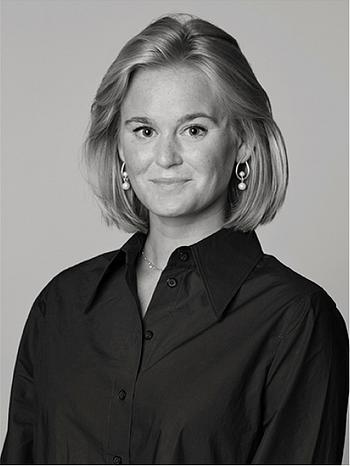Carl Kylberg
"Kvarn vid havet"
Signed CK. Executed in 1923. Canvas 51 x 61.5 cm. Frame by the artist's wife Ruth, 64.5 x 76 cm.
Provenance
The artist Filip Wahlström, Gothenburg.
G. Sundblad, Mölndal.
Anna-Lisa "Aisa" Sandeblad's collection, Gothenburg.
Private collection.
Uppsala Auktionskammare, Internationell Kvalitetauktion, November 18-19, 2020, cat. no. 405.
Exhibitions
Possibly exhibited at Gummesons konsthall, Stockholm, "Carl Kylberg", November 1926, cat. no. 28 or 36 (titled "Kvarn").
Konsthallen, Gothenburg, "Carl Kylberg", February 1936, cat. no. 129.
Konstakademien, Stockholm, "Carl Kylberg", February 1937, cat. no. 63.
Literature
Brita Knyphausen, Carl Kylberg - färg och idé, 1965, listed in the catalogue with number 77, p. 248.
More information
Carl Kylberg is considered one of the central figures in Swedish 20th-century art. His works are often characterized by vibrant oil paintings with strong colors, and he frequently depicted landscapes and figure compositions in a simplified manner. In his art, he sought to express the spiritual, the universal, and the human condition. This "quest" also evoked a strong sense of timelessness in his paintings. Kylberg was preoccupied with philosophical thoughts about human existence, life, and our journey on Earth.
In his diaries, Carl Kylberg continuously commented on his art, and they contain the key to understanding his profound artistic sensibility. With the support of a scholarship, he was able to travel to Berlin, where he was inspired by the intellectual environment. He believed that artists should be visionaries who creatively interpret contemporary symbols and make them visible to others.
Carl Kylberg initially studied at the technical school in Stockholm and later in Berlin to become an architect. However, he switched to painting around 1900. He studied for a period at Valand in Gothenburg as a student of Carl Wilhelmson. He made his debut as a painter in 1919 with the Februarigruppen at Liljevalchs. In the 1930s, he had his breakthrough and exhibited not only in Sweden but also in Copenhagen, Paris, London, Budapest, and several cities in the USA. His art was provocative to many, and in 1938, the government intervened and stopped the purchase of his painting "Uppbrottet" for the Nationalmuseum in Stockholm. Actress Tora Teje and several other cultural personalities collectively purchased the "scandalous painting" and donated it to the museum. An unexpected number of visitors came to see it.
One of his most well-known paintings is "Hemkomsten" from 1938, which is displayed at the Gothenburg Art Museum. This painting was featured on a Swedish postage stamp with a denomination of 90 öre in 1978. Carl Kylberg is represented in collections including the Nationalmuseum in Stockholm, Gothenburg Art Museum, Malmö Museum, the National Gallery in Copenhagen, Prins Eugen's Waldemarsudde in Stockholm, Norrköpings Konstmuseum, and the Aguéli Museum in Sala.
Artist
Carl Kylberg, 1878-1952, is considered a seminal figure in the Swedish 1900-century art. He was a student at the architecture department at Berlin University and then a student of Carl Wilhelmson at Valand art school in Gothenburg.
Kylberg broke through late, made his debut as a painter in 1919 with the February group at Liljevalchs. He became known to a wider public by the age of 50, but continued to be controversial as an artist. He had a permanent artistic antagonist of Isaac Grünewald and the same year as the Nazis in Germany set up the decisive blow against Entartete Kunst and practically the whole of modernism, Swedish government stopped the purchase of the painting "Uppbrottet" of the National Museum in Stockholm.
Read more













































